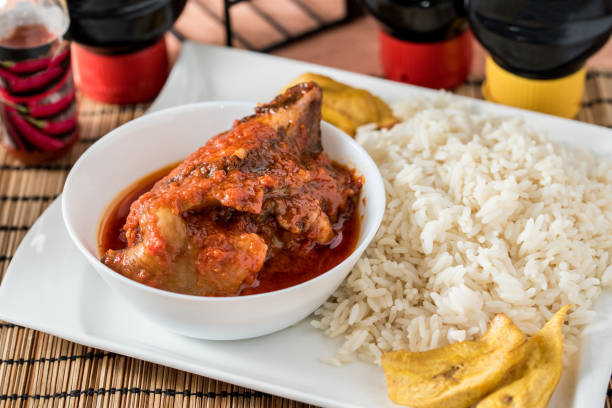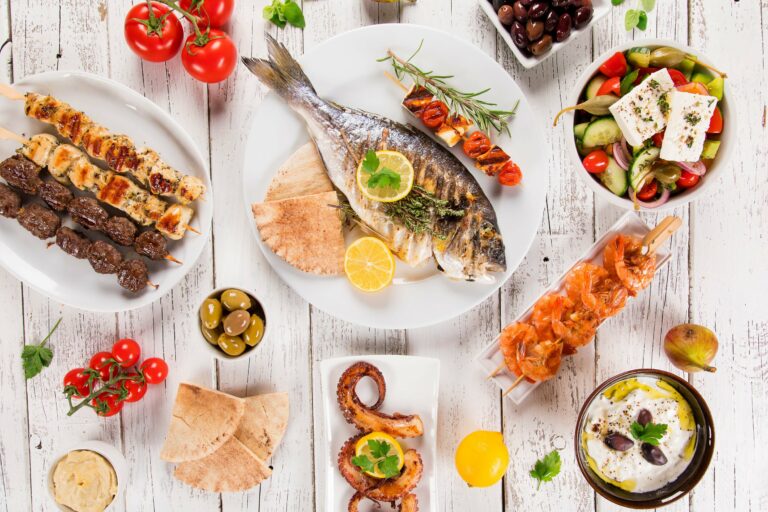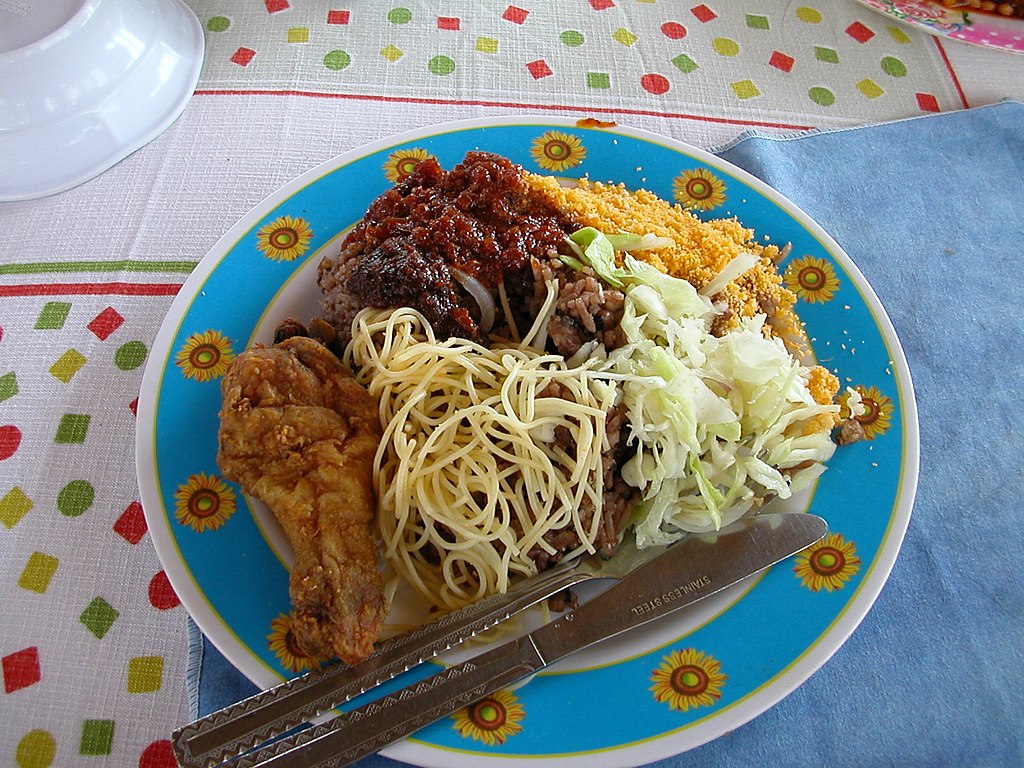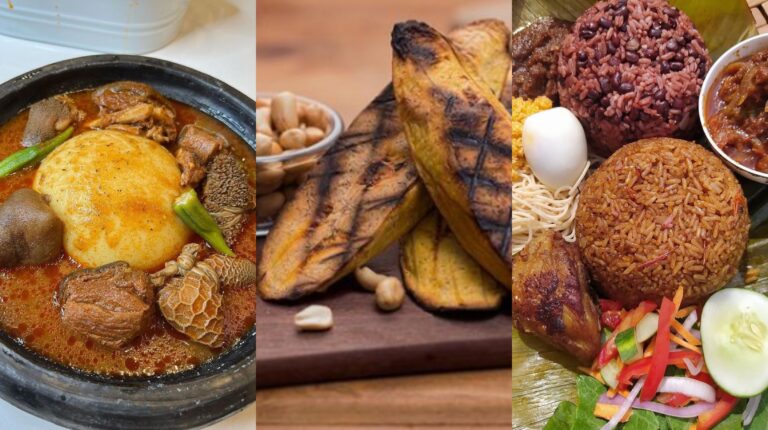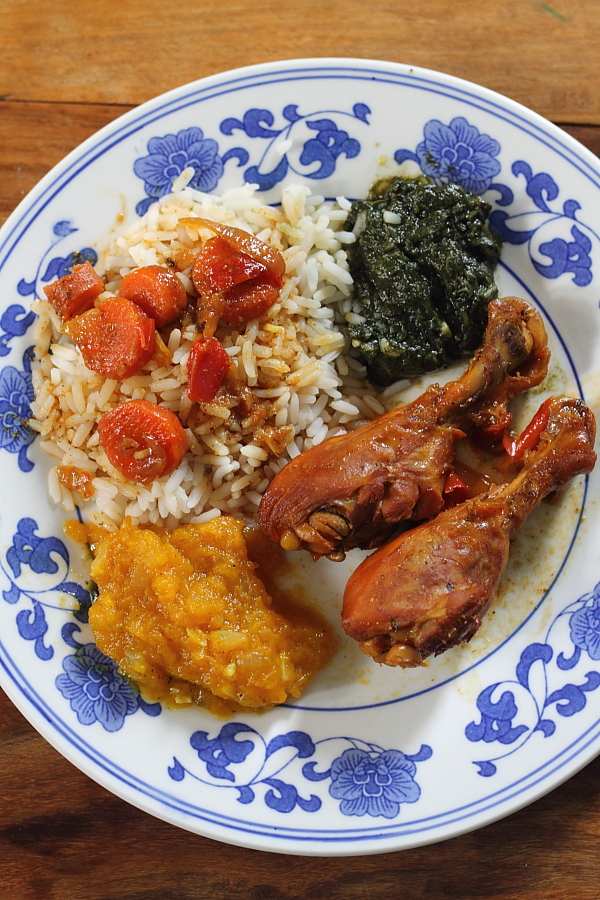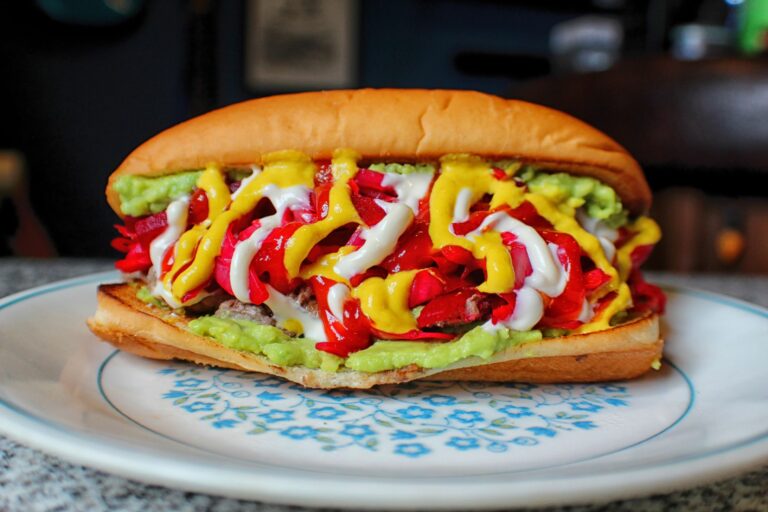Introduction
Jollof rice is a popular West African dish made from rice, tomatoes, onion, spices, and sometimes meat or vegetables. It is a staple food in many countries, including Nigeria, Ghana, Senegal, and Gambia. Jollof rice is known for its unique flavor and aroma, which comes from the combination of spices and ingredients used in the dish.
Origin and history of jollof rice
The origin of jollof rice is somewhat disputed among West African countries. Some say it originated from Senegal, while others claim it was first made in Nigeria. It is believed that the dish was named after the Wolof people of Senegal, who were known for their delicious rice dishes. Jollof rice has become an important part of West African cuisine, and it is often served at weddings, festivals, and other special occasions.
Ingredients and equipment needed
To make jollof rice, you will need rice, tomatoes, onion, garlic, ginger, hot pepper, salt, and oil. Optional ingredients include meat or vegetables, such as chicken, beef, shrimp, or carrots. You will also need a pot, a wooden spoon, and a blender or food processor to puree the tomatoes and onion.
Step-by-step guide to making jollof rice
- Rinse the rice in cold water and set it aside.
- Puree the tomatoes, onion, garlic, and ginger in a blender or food processor.
- Heat some oil in a pot on medium heat, then add the pureed mixture and cook for about 10 minutes, stirring occasionally.
- Add the rice and stir to coat it with the tomato mixture.
- Add enough water to cover the rice (about 2 cups), then add salt and hot pepper to taste.
- Bring the water to a boil, then reduce the heat to low and cover the pot with a lid.
- Let the rice cook for about 20-25 minutes, or until the water has been absorbed and the rice is tender.
- Optional: add cooked meat or vegetables during the last 10 minutes of cooking.
- Serve hot.
Variations of jollof rice across West Africa
Jollof rice varies from country to country and even from region to region within the same country. In Nigeria, it is often made with spicy pepper and chicken, while in Ghana, it is made with more vegetables and sometimes fish. In Senegal, jollof rice is often served with fish or lamb, and it is sometimes made with couscous instead of rice.
Serving suggestions and cultural significance
Jollof rice is often served with fried plantains, salad, or coleslaw. It is a popular dish at weddings, parties, and other special events, and it is sometimes served as a symbol of national pride. Jollof rice has even been the subject of debates and competitions, with each country claiming to have the best recipe. Regardless of its origin or variations, jollof rice remains a beloved and iconic dish in West Africa and beyond.

